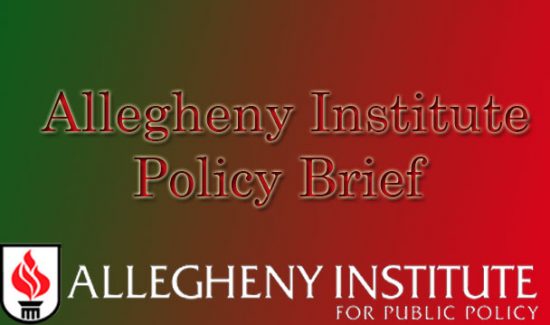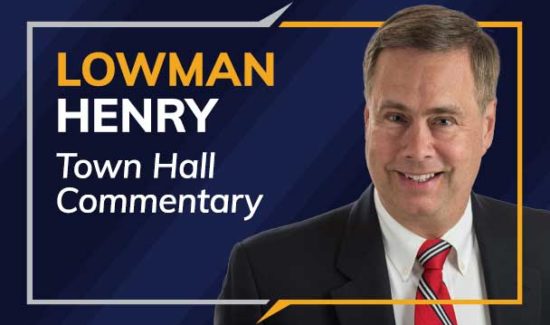Charter School Highlights
The following is adapted from a recent weekly charter schools compilation in the Charter Schools News Connection, sponsored by the National Alliance for Public Charter Schools.
Enrollment in the Washington, D.C. school district has dropped more than eight percent since last year, the steepest decline since the district first hired an outside auditor to verify the student population in 1999.
Although charter officials will not undertake a count until early next month, they are projecting a 20 percent gain, to 26,494 students. About 1,200 students of that increase is attributable to the conversion of seven financially struggling Catholic schools that reopened this month as secular public charter schools.
An independent study of the Bay Area’s five public charter middle schools operated by KIPP (the Knowledge Is Power Program) finds that the program’s intense focus on the academic and social success of each individual child does have measurable benefits beyond what traditional schools have achieved.
"Four out of five KIPP schools outperform their host district," says the report by researchers at SRI International, which studied two KIPPs in San Francisco, two in San Jose, and the one in Oakland. Students in most grades also made above-average progress compared with the national average, the researchers found.
At three schools, KIPP’s fifth-graders scored significantly higher on California Standards Tests than non-KIPP fifth-graders, with the difference ranging from 6 to 33 percentage points. Bay Area KIPP schools also do not appear to attract higher-scoring students.
School district officials in Utah are asking lawmakers to find a statewide method of funding public charter schools. They complain that they have to raise taxes to support schools over which they have no authority. Public charter school advocates, however, say it is reasonable that districts pay money to educate children they would be educating anyway if public charter schools did not exist. "Parents who send their kids to charter schools pay property taxes, and they ought to be able to benefit from those taxes the same as any other child," said Brian Allen, chairman of the State Charter School Board. During the 2006-07 school year, 51 public charter schools were serving 19,211 students.
Detroit could see more public charter schools in the city as the official enrollment counts fall below 100,000. The enrollment drop may also diminish the local school board’s powers. Dropping below 100,000 students means Detroit Public Schools would no longer be considered a first-class district under state law.
As a first-class district, Detroit was allowed to have unique financial powers and restrictions on public charter schools. State lawmakers are being asked to change state law so the district can remain the state’s only first-class school district.
Last week, Republican leaders discussed allowing a new and potentially larger public charter school system as an alternative to failing districts. The idea (called "Neighborhood Public Schools") would allow corporations and community groups to open schools without an authorizer. It would target all underperforming districts, not just Detroit.
For the first time in the Los Angeles Unified School District, a traditional school is being run by an outside organization, Green Dot Public Schools. The L.A. Times reports that observers are closely watching whether the public charter operator can transform a large, troubled urban school and whether Green Dot can replicate what it has done in small schools nearby (significantly raise scores, increase safety and graduate more students).
Just one in nine Locke students has scored proficient or better in English on state tests. In math, it’s fewer than 1 in 25. And more students drop out than graduate. "The task Green Dot’s taking on is monumental," said A. J. Duffy of United Teachers Los Angeles. "The school district has shown for 20 years or more they can’t do this job."
One-half of New York City’s 42 rated public charter schools recently received an "A" under the state’s grading system. That is a significantly higher proportion of A’s than the 37.3 percent of traditional public schools receiving the top grade. Three public charters made it into the top five schools overall. The top scorers included the KIPP Infinity Charter School in Harlem, which for the second year running was rated the best school in the city.
# # # # #
"The public schools of America long ago sank to a level of decrepitude guaranteeing them the sort of dogged scrutiny by blue-ribbon commissions reserved for a ‘crisis’ both intolerable and permanent." p. 39, How Not To Fix The Schools," p 39-48, & 50-51, Forum, HARPER’s, "February 1986
# # # # #



